Racism in Transportation Policy is Inconvenient, Unjust and Can Have Deadly Effects
Traffic on the Kensington Expressway Leading to Downtown Buffalo, N.Y. - Courtesy of Michel G. via Flickr
+ T R A N S P O R T A T I O N
Racism in Transportation Policy is Inconvenient, Unjust, and Can Have Deadly Effects
Byron A. Nicholas, AICP - August 1, 2018
Historically, transportation policies have not been kind to black spaces. Local, state and federal transportation related laws and regulations have relentlessly sabotaged or neglected Black communities. It a complete myth to believe that segregation leading to the Civil Rights movement was only unique to American southern states. The historic Black migration of the mid 20th century has created a major shift in race relations throughout U.S cities. Black communities in northern states were subject to both open and subtle racist transportation policies just as much as the south. To this day, Black spaces are trying their best to recover from the inconvenient, unjust and deadly transportation policies instated by government.
Cynthia Wiggins
Most Americans are familiar with the story about Rosa Parks and her heroic role during the Civil Rights era. However, the fight for racial justice in transportation did not end with her. Cynthia Wiggins has sparked a local victory in the Buffalo, NY region but, unfortunately, has not lived to reap its benefits. Cynthia was on her way to work at Walden Galleria Mall, located in Cheektowaga, NY, a small Buffalo suburban town. She was then hit by a dump truck after departing from a public bus on Walden Avenue, a major arterial road, and trying to cross 6 lanes of traffic. At that time, public buses were not allowed to enter the mall to prevent “rowdy kids” from entering. Testimony provided insight that the mall acted to discriminate against African-Americans and people with low incomes. Johnnie L. Cochran Jr. received praise in the high-profile lawsuit which ended with a $2.5 million settlement to the Wiggins family. The bus route is now allowed to pass through the mall’s property to pick-up and drop-off passengers.
W.E.B DuBois’ Double Consciousness and its Effects on African American Commuters
For over 50 years, during America’s Jim Crow Era segregation in public spaces including public transit was legal and was upheld on the grounds of separate but equal by the Supreme Court case Plessy v. Ferguson (1896). Until the Supreme Court case Brown v. Board of Education (1954), African Americans were forced to occupy the rear of transportation areas for the convenience and comfort of white passengers and utilize inadequate public facilities such as water fountains and restrooms. This idea of being separate, but clearly not equal, which promotes inferiority, likely had devastating mental effects on African American’s self-esteem and confidence to this day. W.E.B Du Bois first coined the term “double consciousness” which originally referred to the psychology of "always looking at one's self through the eyes of others". Considering the volatile state of race relations in this country and the portrayal of African-Americans by corporate news media, I would not be surprised if many African-Americans would agree that they fall victim to double consciousness while commuting.
Highway Construction in Predominately Black and/or Low-Income Neighborhoods
Highways splitting black neighborhoods throughout the country was nothing out of the ordinary in the mid 20th century. Below are three examples of how highways were strategically designed through Black communities. Generally speaking, properties occupied by Black families and businesses were considered low in value and their locations were prime to link suburban living with downtown jobs. Some communities felt major socio-economic impacts by the physical split of highways in their communities as it either disrupted prosperous Black communities or exacerbated the effects of poverty in others.
The Cross-Bronx Expressway, Bronx, NY
Conceived, designed and coordinated by Robert Moses throughout the 1940s and 1950s, the Expressway divided north Bronx from south Bronx.
Humboldt Parkway Conversion into the Kensington Expressway, Buffalo, NY
In a campaign to "alleviate traffic blight", city planners and officials overpowered, at the time, predominately working-class Whites to construct the Kensington Expressway. The demolition of homes started in 1958 and 10 years later near the completion of the expressway, bottleneck traffic occurred and traffic accidents worsened.
Local politicians and community leaders have lobbied for the Governor and the New York State Department of Transportation to study the restoration of the Humboldt Parkway. If the project is moves form the planning stage to the construction stage, it would provide an opportunity for Buffalo's Black neighborhoods to restore more trees, reduce air and noise pollution and increase property values. Check out the study on NY DOT's website by clicking here.
Interstate-95 in Overtown, Miami, FL
Although an alternate route proposed by Miami City Planners would have preserved Overtown, in 1956, the Florida State Road Department created plans that routed Interstate-95 (I-95) through central portions of Overtown to better allow for the westward expansion of the Central Business District.
Check out the slideshow below for more information on how the construction and presence of the Interstate-95 and Kensington Expressway have impacted the people living in the Bronx, Buffalo, NY and Overtown, Miami, NY.
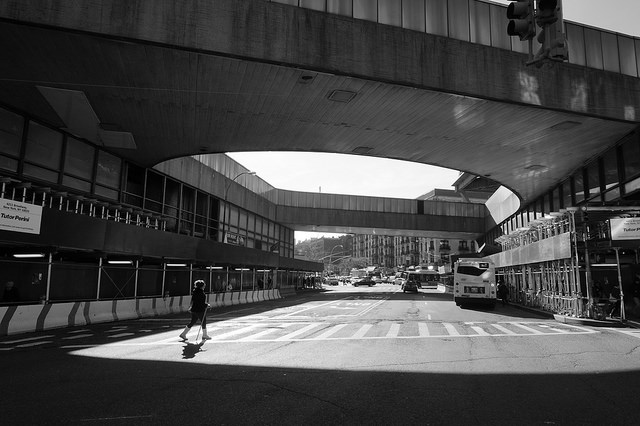
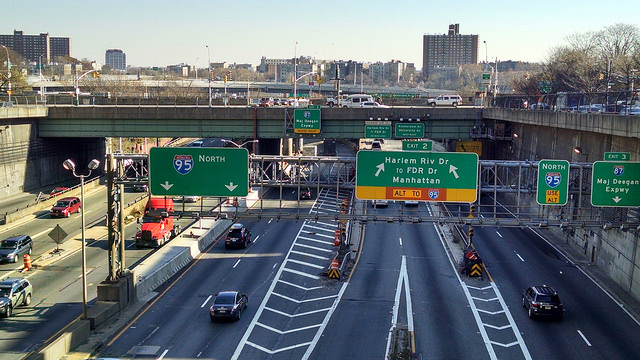
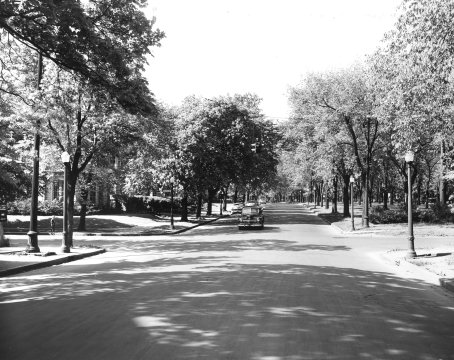
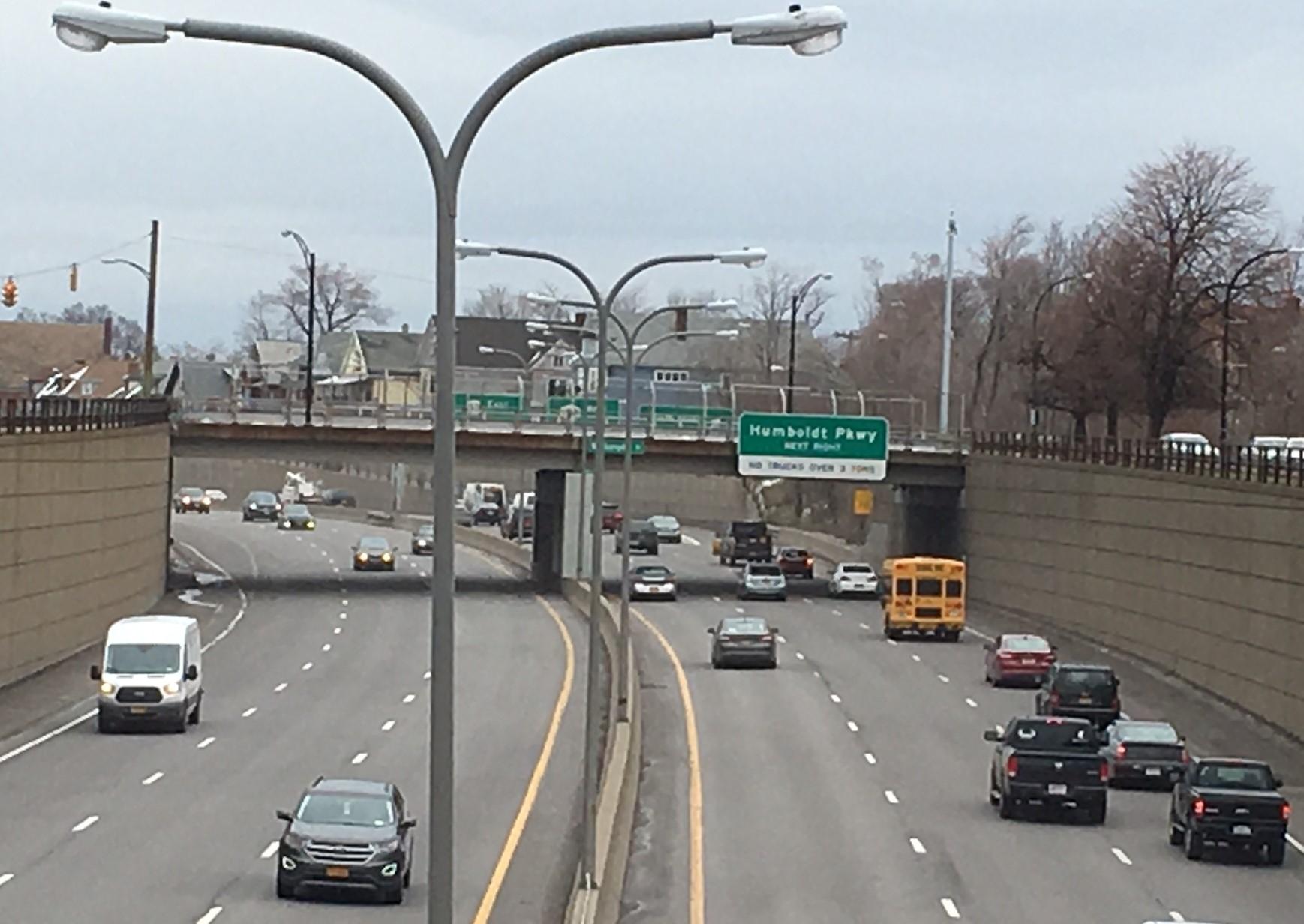

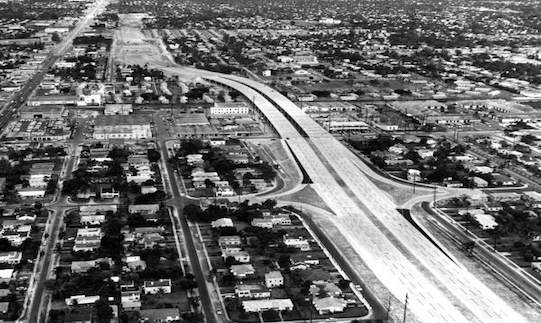
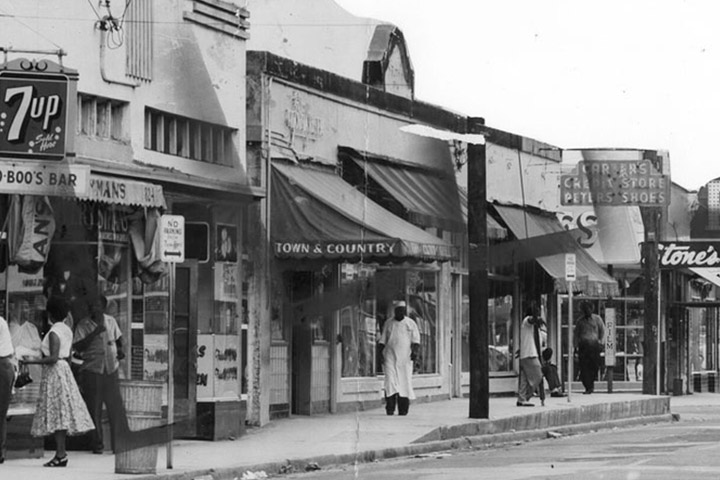
What are some of its positive and negative impacts of massive highways running through your neighborhood?
What can city planners and government officials do to help alleviate the negative impacts from these highways on Black communities?

